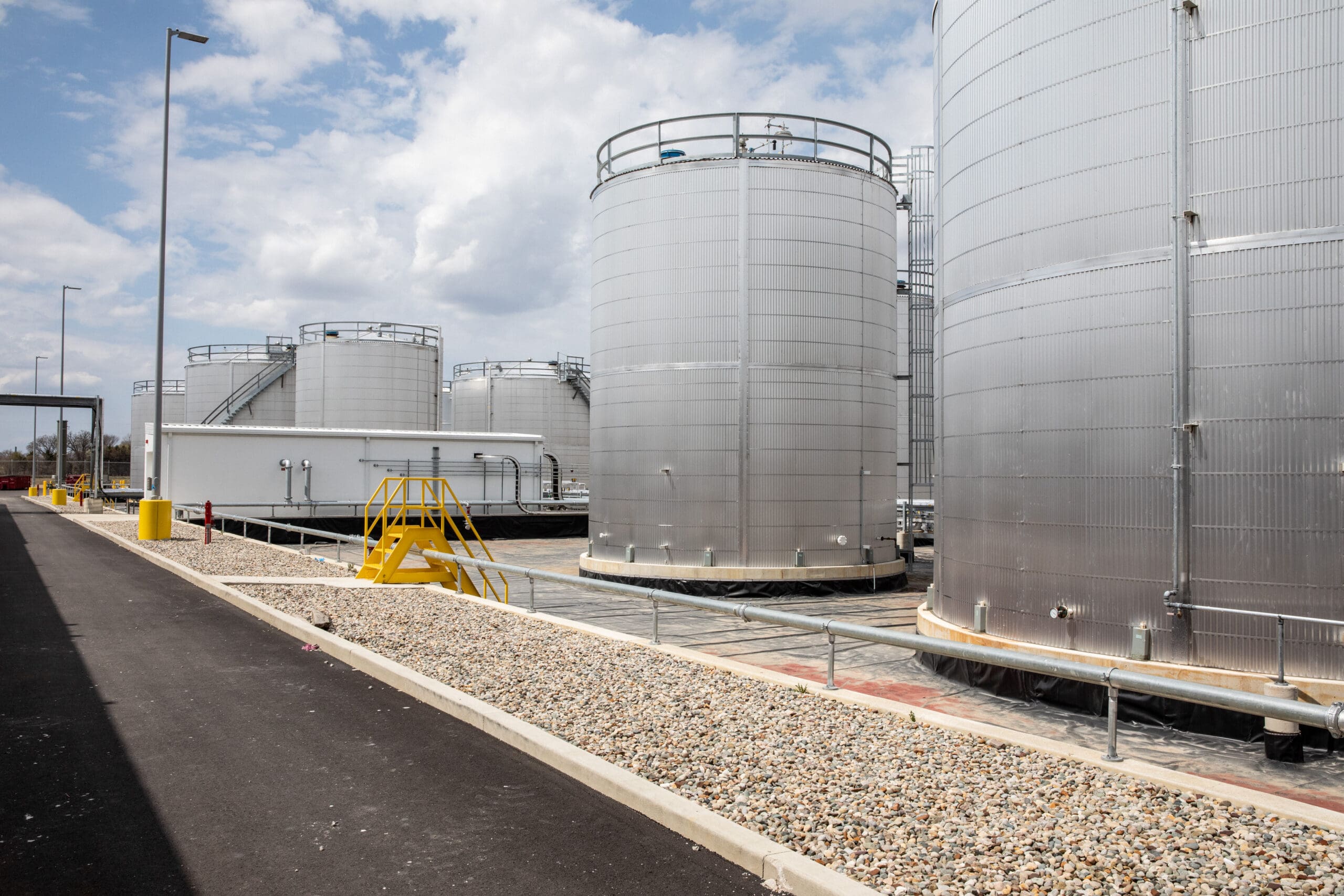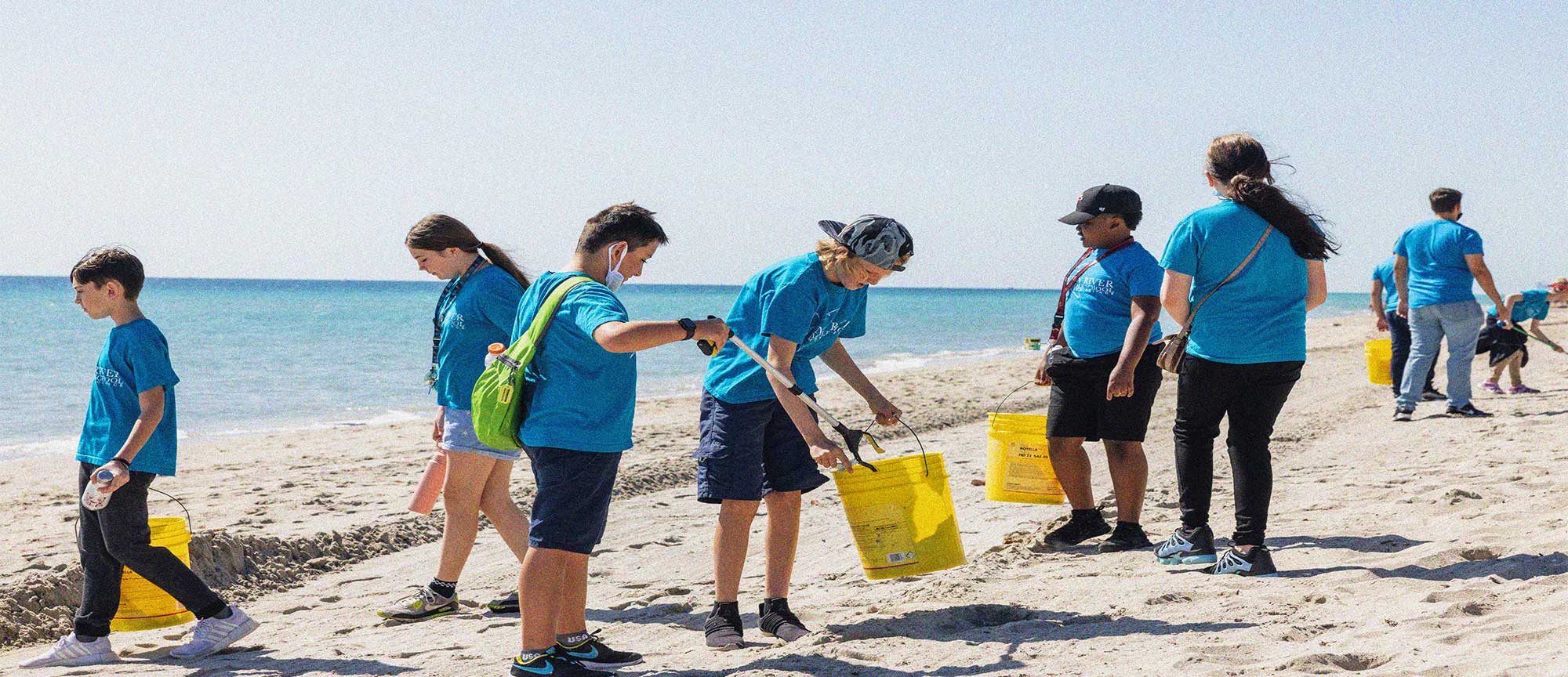By the year 2050, there will be more plastic in the ocean than fish due to a glut of plastic manufactured in the United States that cannot be recycled. This unrecyclable plastic, typically plastics type 3-7, sits in a landfill or as litter in our natural environment, where it eventually becomes a global nuisance.
While this can seem like an overwhelming problem, pyrolysis is a solution.
Pyrolysis is a plastics renewal process that takes single-stream plastics–those that, until recently, could not be recycled easily—and turns them into reusable fuel, new plastics, and wax. This is part of a circular economic model that is restorative or by design. Rather than sending the plastic to landfills or seeing it end up in rivers and streams, these materials are used over and over, never seeing the inside of a landfill. When deployed broadly, plastic renewal has the potential to revolutionize the fight against climate change.
Shifting consumer and market demand also creates vital pull factors for a transition to a circular economy. The global demand for recycled plastic grew by 17 percent between 2012 and 2016, and more than 20 percent of companies in the plastics industry signed an international agreement to develop a circular economy for plastics.
With all of this momentum building, it’s time we understand the pyrolysis process.
How Pyrolysis Works
Step One: The unrecyclable plastic waste is collected and prepped for conversion by shredding, removing metals, drying, and turning into pellets.
Step Two: The plastic material pellets are heated and vaporized in an oxygen-starved environment.
Step Three: The released vapor is captured and cooled into a hydrocarbon liquid and processed into commercial-grade ultra-low sulfur diesel, material or new plastics, and wax.
Environmental Benefits
There are numerous environmental benefits to be realized by taking these hard-to-recycle plastics out of landfills and turning them into something valuable.
Currently, only nine percent of plastic manufactured in the United States each year is recycled. The rest is incinerated, which leads to greenhouse emissions, disposed of in landfills, or escapes into the environment where it becomes annoying litter.
Creating fuel from plastics alone can lead to a 14 percent reduction in greenhouse gas emissions vs. oil made in the traditional method. And Brightmark’s pyrolysis-based plastics renewal process is 39 percent less carbon-intensive than other petroleum sources.
Nearly everything Brightmark collects for plastics renewal gets used, leading to minimal waste. And it’s incredibly efficient, too. For every unit of energy input for our process, we produce 11 units of energy. I
Few plastics are wasted since most everything can be collected and put through pyrolysis.
Prospects For the Future
To end plastic pollution—or put a significant dent in this fight—any technology in play must include a solution that keeps these plastics in a closed-loop environment. While demand for plastics is growing, the supply of recycled plastics is stuck, so there needs to be a way forward.
Thankfully, technologies exist to repurpose plastics into valuable materials.
Brightmark’s proprietary advanced plastics recycling technology can produce the feedstock necessary to manufacture plastic again and again, and our plants are the centers for research and development.
Our Ashley, Indiana, plastics renewal facility transforms 100,000 tons of plastics into 18 million gallons of ultra-low sulfur diesel each year, as well as six million gallons of commercial-grade wax that can be used in several different ways. And Brightmark’s facility in Georgia will have the capacity to divert 400,000 tons of plastic waste each year when it’s up and running.
As the world’s largest brands and retailers commit to more plastic recycling, the prospects for the future are bright as more plastics renewal processes come online, and there is a spirited push to create more opportunities for waste plastic to be repurposed into material that can continue to make its way through our economy.
Additional Resources
- CNA Insider Closing the Loop video: https://www.youtube.com/watch?v=0EfsD7xNLIo
- Pyrolysis – USDA: https://www.ars.usda.gov/northeast-area/wyndmoor-pa/eastern-regional-research-center/docs/biomass-pyrolysis-research-1/what-is-pyrolysis/
- American Chemistry Council: https://www.americanchemistry.com/better-policy-regulation/plastics/recycling-recovery-goals




